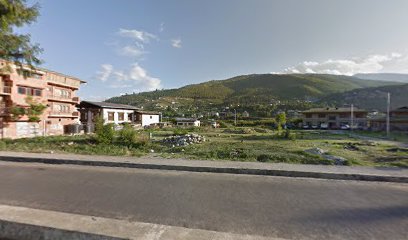
Explore the Serenity of Dasho Nishioka Chorten
Discover the spiritual serenity and breathtaking views at Dasho Nishioka Chorten, a must-visit Buddhist monument in Paro, Bhutan.
Nestled in the heart of Paro, Dasho Nishioka Chorten is a tranquil Buddhist monument that offers visitors a glimpse into Bhutanese spiritual culture and stunning mountain views. This unique site is a perfect blend of history, art, and peace, making it a must-see for tourists seeking a deeper understanding of Bhutan's rich traditions.
A brief summary to Dasho Nishioka Chorten
- 9CP9+R6G, Paro, BT
Local tips
- Visit early in the morning for a quieter experience and stunning sunrise views.
- Wear comfortable shoes, as the path around the chorten can be uneven.
- Respect local customs by dressing modestly and being mindful of the sacred nature of the site.
- Bring a camera to capture the stunning views, but remember to ask before photographing locals.
- Take time to explore the surrounding area, which is rich in natural beauty and cultural landmarks.
Getting There
-
Walking
From the center of Paro, start at the Paro Dzong (Rinpung Dzong). Head southeast towards the Paro Chhu River. Cross the bridge over the river and continue on the path that follows the riverbank. After about 1.5 kilometers, look for signs indicating the direction to Dasho Nishioka Chorten. The chorten is located on the hillside. You may need to ascend a series of steps to reach the chorten, which offers a beautiful view of the surrounding area.
-
Bicycle
Rent a bicycle from one of the local shops in Paro. Start your journey from the Paro Dzong. Head southeast and follow the same route as the walking instructions by the riverbank. Biking may make it easier to cover the distance, but ensure you are prepared for some uphill pedaling when approaching the chorten. There is a small parking area near the base of the chorten where you can lock your bike.
-
Local Guide
Consider hiring a local guide from Paro who is familiar with the area. They can provide a more intimate experience and take you directly to Dasho Nishioka Chorten while explaining its historical significance. Meeting points can be arranged at popular landmarks like Paro Dzong or the local market.
Discover more about Dasho Nishioka Chorten
Iconic landmarks you can’t miss
Paro Village View Home Stay
0.8 km
Discover the heart of Bhutanese culture at Paro Village View Home Stay, where stunning views and authentic experiences await.

Namgay Artisanal Brewery
1.3 km
Experience the essence of Bhutanese craft brewing at Namgay Artisanal Brewery, where unique flavors and stunning views come together.
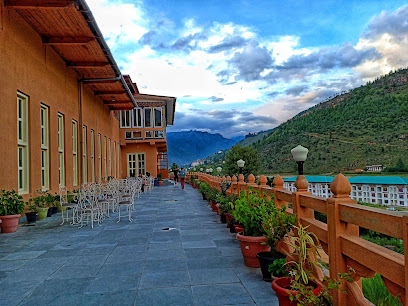
HAT Bhutan Tours - Cultural and Adventure Travels
1.3 km
Experience Bhutan's rich culture and breathtaking landscapes with HAT Bhutan Tours, your gateway to adventure in the heart of the Himalayas.
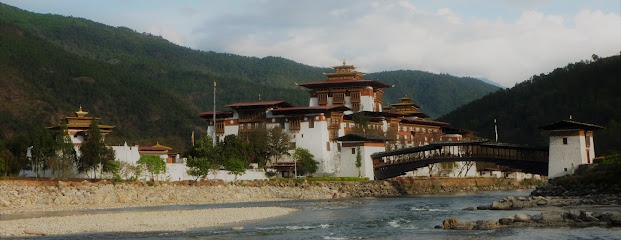
Bondey Bridge
1.4 km
Explore the stunning Bondey Bridge in Paro, Bhutan – a picturesque connection to nature and culture in the heart of the Himalayas.

Tashi Namgay Resort
1.6 km
Discover the tranquility and charm of Tashi Namgay Resort, where traditional Bhutanese hospitality meets stunning mountain views.
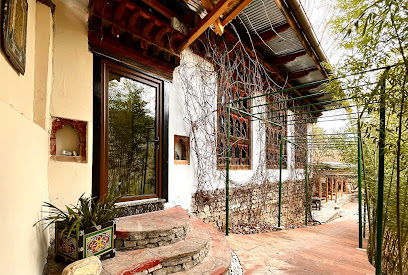
Paro Grand
1.7 km
Discover the tranquil beauty of Bhutan at Paro Grand Hotel, where luxury meets cultural richness amidst stunning Himalayan views.
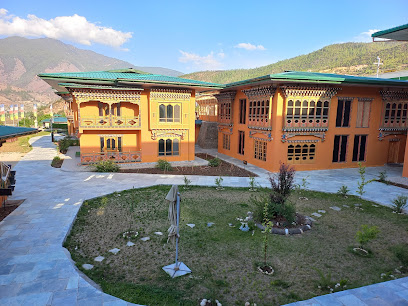
Paro International Airport
2.0 km
Experience the unique charm of Paro International Airport, your first step into the enchanting landscapes and rich culture of Bhutan.

Khangkhu Resort
2.4 km
Discover the unparalleled beauty and comfort of Khangkhu Resort in Paro, Bhutan, where modern amenities meet traditional charm.
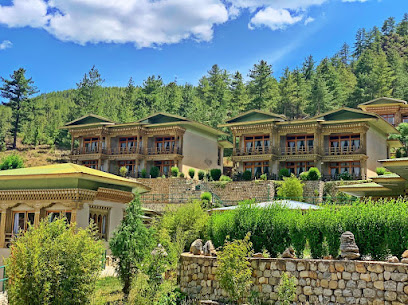
Le Méridien Paro, Riverfront
2.9 km
Experience the enchanting blend of luxury and nature at Le Méridien Paro, a stunning hotel by the banks of the Paro River in Bhutan.

COMO Uma Paro
3.3 km
Experience the perfect blend of luxury and tranquility at COMO Uma Paro, nestled in Bhutan's stunning Paro Valley.
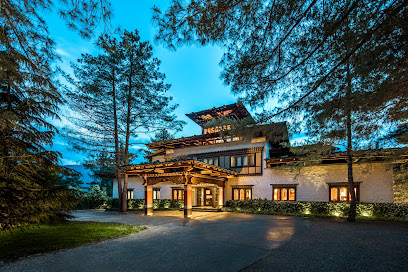
Neyphug Heritage
4.2 km
Discover the essence of Bhutan at Neyphug Heritage, where traditional flavors meet modern comforts in a stunning Himalayan setting.

Gangtey Palace, Paro
4.2 km
Experience the rich history and stunning architecture of Gangtey Palace, a unique hotel in Paro, Bhutan, blending tradition with modern comfort.

Rinpung Dzongkhag
4.4 km
Explore Rinpung Dzongkhag, a magnificent Buddhist temple in Paro, Bhutan, renowned for its stunning architecture and rich cultural heritage.
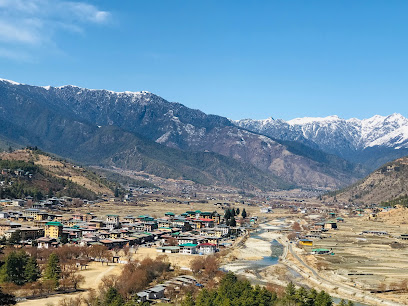
Rinpung Dzong རིན་སྤུང་རྫོང་།
4.5 km
Discover the stunning Rinpung Dzong, a majestic Buddhist temple in Paro, Bhutan, showcasing exquisite architecture and rich cultural heritage.

Six Senses Paro
4.5 km
Discover the tranquility of Six Senses Paro, a luxurious resort hotel in the heart of Bhutan's breathtaking Paro Valley, blending modern comfort with rich traditions.
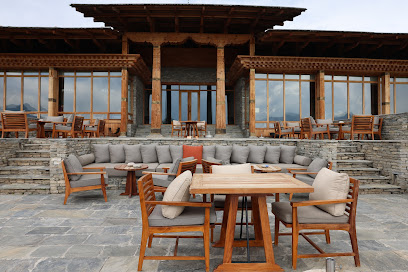
Unmissable attractions to see
Bondey
1.5 km
Discover the tranquility of Bondey, a beautiful Buddhist temple in Paro, Bhutan, rich in culture and spiritual heritage.

Dzongdrakha Monastry
1.6 km
Experience the tranquility of Dzongdrakha Monastery, a serene Buddhist temple offering breathtaking views and deep spiritual connections in Bhutan.
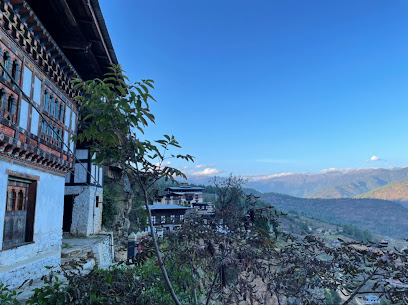
Paro Airport Bird's Eye View Point
1.7 km
Explore the breathtaking views of the Himalayas at the Paro Airport Bird's Eye View Point, a must-visit scenic spot in Bhutan.
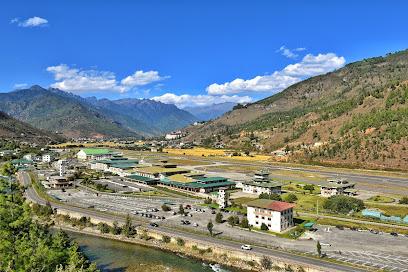
Ugyen Pema Woedling Zangthopelri
1.7 km
Experience the serenity and spiritual richness of Ugyen Pema Woedling Zangthopelri, a stunning Buddhist temple nestled in the picturesque landscapes of Paro, Bhutan.
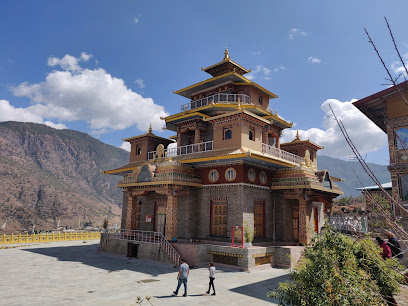
Khangkhu Lhakhang
2.8 km
Explore the serene beauty and rich spiritual heritage of Khangkhu Lhakhang, a stunning Buddhist temple nestled in the heart of Paro Valley, Bhutan.
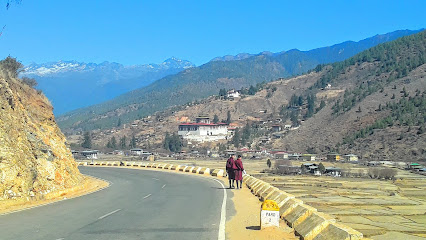
Choemthangkha Menchhu
2.8 km
Explore Choemthangkha Menchhu: A serene hot spring in Paro, Bhutan, offering stunning views and a unique cultural experience.

Zuri Dzong
4.0 km
Discover the architectural beauty and spiritual significance of Zuri Dzong, the oldest fortress in Bhutan, set against the stunning backdrop of Paro Valley.
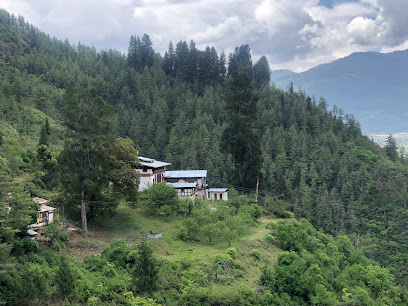
Valleys Of Bhutan
4.6 km
Explore the breathtaking Valleys of Bhutan, a perfect blend of stunning landscapes, rich culture, and spiritual tranquility in the heart of the Himalayas.
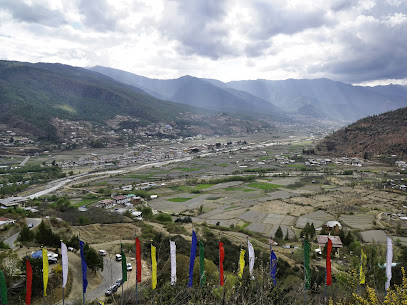
Paro
4.6 km
Discover the enchanting beauty and rich cultural heritage of Paro, Bhutan's hidden gem nestled in the Himalayas, offering stunning landscapes and spiritual experiences.
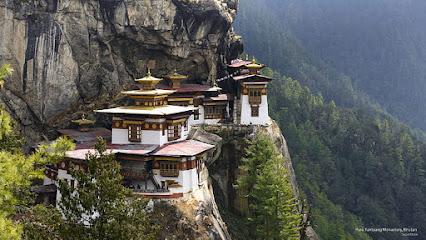
Jangsarbu Lhakhang
4.7 km
Explore spiritual tranquility at Jangsarbu Lhakhang, a serene Buddhist temple in Paro, Bhutan, surrounded by breathtaking natural beauty.
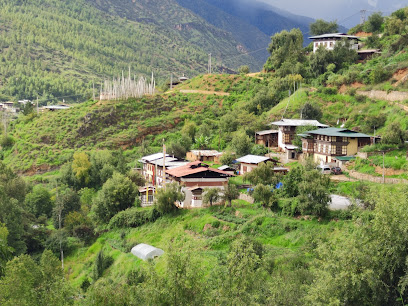
National Museum of Bhutan འབྲུག་གི་འགྲེམས་སྟོན་ཁང་།
4.7 km
Explore the National Museum of Bhutan for a captivating journey through the country's rich culture and history in the stunning Paro Valley.
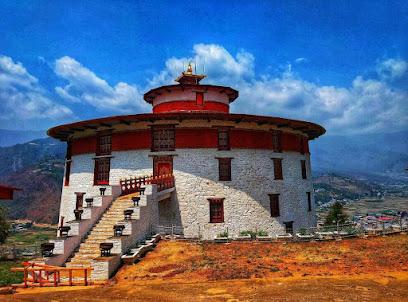
Jangtsa Dumtseg Lhakhang | ཟླུམ་བརྩེགས་ལྷ་ཁང་།
5.4 km
Explore Jangtsa Dumtseg Lhakhang, a stunning Buddhist temple in Paro, Bhutan, known for its rich heritage and serene ambiance.
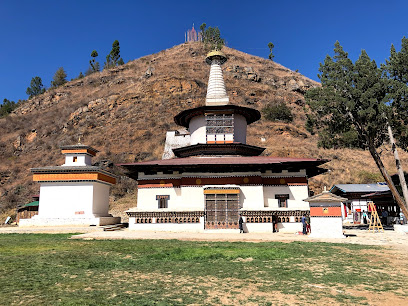
Drakarpo
6.1 km
Discover the spiritual heart of Bhutan at Drakarpo, a sacred site in Paro blessed by Guru Rinpoche, surrounded by serene nature and rich culture.
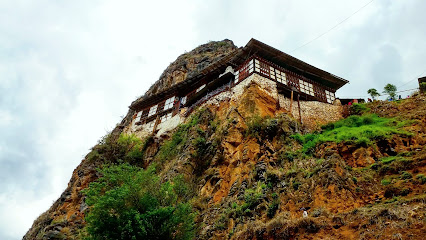
Wire Rope Sling Bridge & Rock Beach
7.1 km
Explore the Wire Rope Sling Bridge & Rock Beach in Paro, a breathtaking blend of adventure and natural beauty, perfect for every traveler.
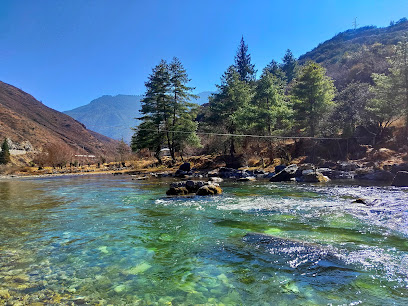
View Point and Shed, Chele La
7.3 km
Discover the breathtaking views and serene atmosphere at Chele La Pass, the highest motorable pass in Bhutan, a must-visit for nature lovers and photographers.
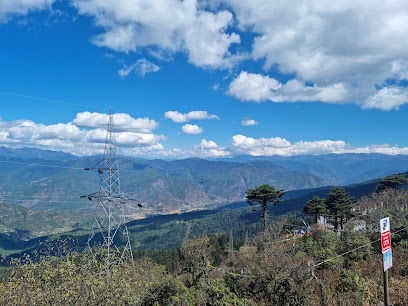
Essential places to dine
Namseling restaurant
1.4 km
Experience authentic Bhutanese cuisine at Namseling Restaurant in the heart of Paro Valley - where flavors meet breathtaking views.

Tou Zaiga Restaurant by BIHT
1.4 km
Experience authentic Bhutanese cuisine in Paro at Tou Zaiga Restaurant, where tradition meets flavor amidst stunning natural scenery.
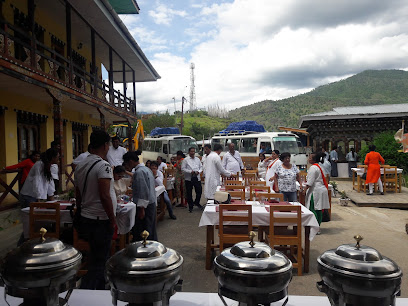
Airport Restaurant
2.0 km
Experience authentic Bhutanese flavors at Paro Airport Restaurant - where every dish tells a story.
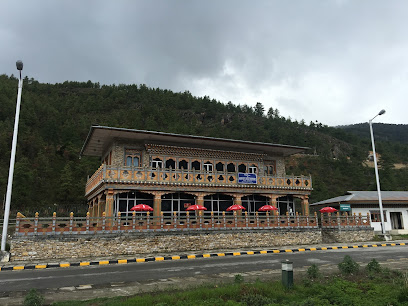
Mountain Cafe
2.2 km
Experience delightful Asian cuisine and warm hospitality at Mountain Cafe in Paro International Airport.

Dantak Wet Canteen
2.6 km
Experience authentic Bhutanese cuisine at Dantak Wet Canteen in Paro—where tradition meets flavor.
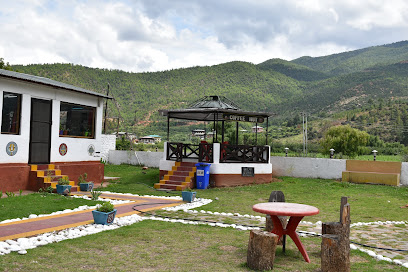
White Cloud
2.6 km
Experience exceptional grilled cuisine at White Cloud along Paro-Thimphu Highway with breathtaking mountain views.

Latest Recipe
2.9 km
Experience the essence of Bhutanese cuisine at Latest Recipe in Paro – where tradition meets taste amidst breathtaking landscapes.

Pel Diner
3.4 km
Experience authentic Bhutanese flavors at Pel Diner in Paro – where every dish tells a story.
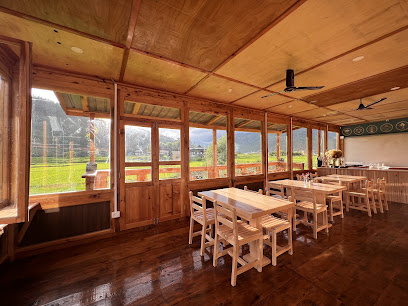
Dagmar Restaurant
3.8 km
Discover the flavors of Bhutan at Dagmar Restaurant in Paro – where local ingredients meet culinary creativity.
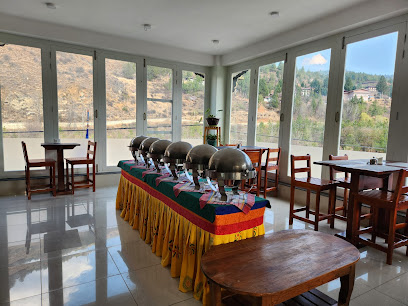
Phang-Guu Paro
4.1 km
Experience authentic Bhutanese flavors at Phang-Guu Paro - where tradition meets taste in the heart of picturesque Paro.
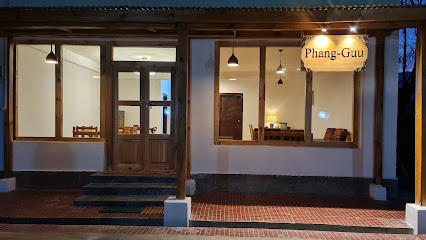
Rainbow Restaurant
4.2 km
Experience authentic Bhutanese cuisine at Rainbow Restaurant along the breathtaking Paro-Thimphu Highway.
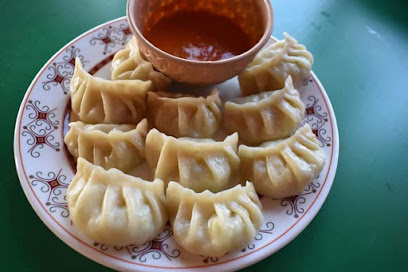
Zeko Restaurant
4.5 km
Experience authentic Bhutanese cuisine at Zeko Restaurant in Paro, where local flavors meet warm hospitality for an unforgettable dining experience.

Bumchu'S Restaurant
4.5 km
Discover authentic Bhutanese cuisine at Bumchu's Restaurant in Paro - a culinary gem showcasing local flavors and warm hospitality.
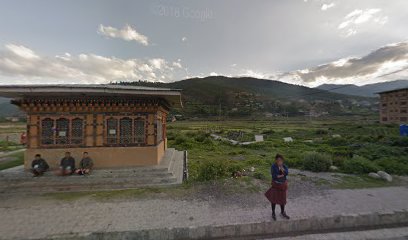
Z Restaurant
4.6 km
Experience authentic Bhutanese flavors at Z Restaurant in Paro—your gateway to traditional culinary delights.
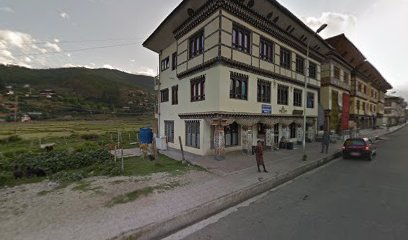
Wangchen Restaurant
4.6 km
Experience authentic Bhutanese cuisine at Wangchen Restaurant in Paro - where tradition meets taste.
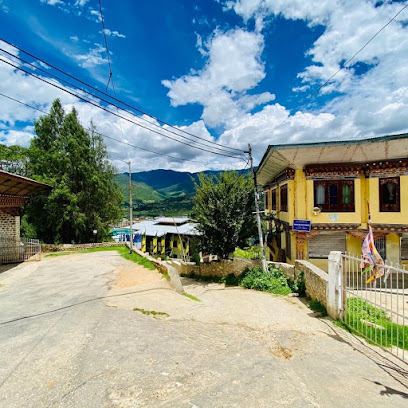
Markets, malls and hidden boutiques
Pem Choden Handicraft
4.1 km
Explore Pem Choden Handicraft in Paro for unique Bhutanese souvenirs, from beautiful textiles to exquisite woodwork, all crafted by local artisans.
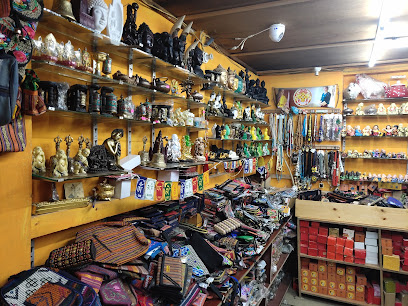
Paro CSI Market
4.2 km
Experience the heart of Bhutan at Paro CSI Market, where local crafts and delightful café moments await every traveler.
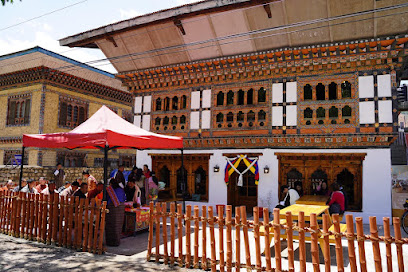
Bhutan Made - General Store
4.6 km
Explore Bhutan Made, a charming general store in Paro offering authentic Bhutanese crafts, local snacks, and unique souvenirs for a memorable shopping experience.
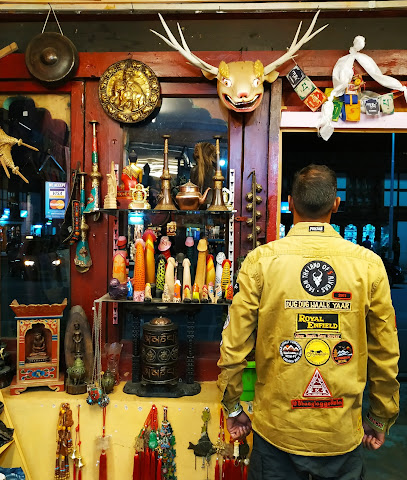
Local Arts & Crafts
4.6 km
Uncover the artistic treasures of Bhutan at the Local Arts & Crafts store in Paro, where creativity meets cultural heritage.

Ravi Meet Shop
4.6 km
Explore unique Bhutanese belts at Ravi Meet Shop in Paro, a haven for handcrafted artistry reflecting the culture and heritage of Bhutan.
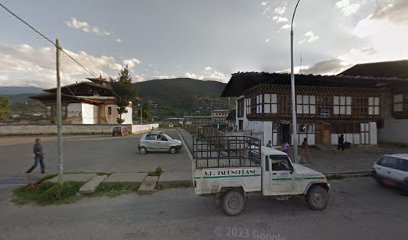
Tshering Dukpa
4.6 km
Discover the charm of Bhutanese fashion at Tshering Dukpa in Paro, where tradition meets modern style in a unique shopping experience.
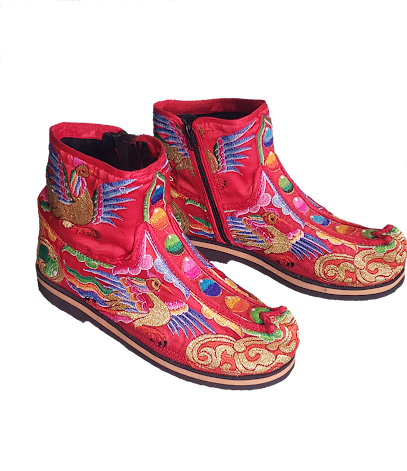
Karma Choki general Shop
4.6 km
Discover the charm of Karma Choki General Shop in Paro, where local culture meets quality animal products for pet lovers and farmers alike.
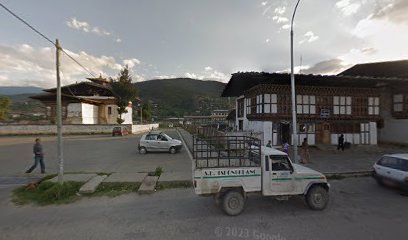
Seasons Collection
4.6 km
Explore the rich cultural heritage of Bhutan through unique clothing and souvenirs at Seasons Collection in Paro.
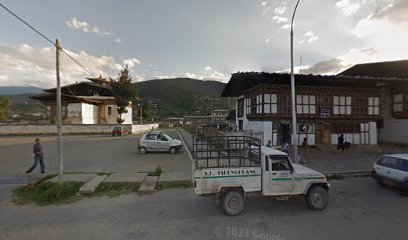
NNC garments
4.6 km
Discover the essence of Bhutanese culture at NNC Garments in Paro, where tradition meets fashion in every stitch.
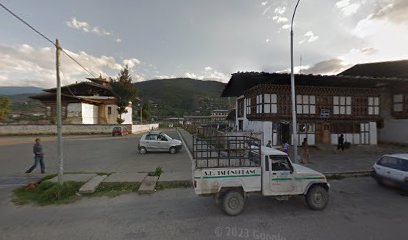
High Lander Goods Shop
4.7 km
Explore the vibrant flavors of Bhutan at High Lander Goods Shop, where authentic Asian groceries and local delicacies await every visitor.
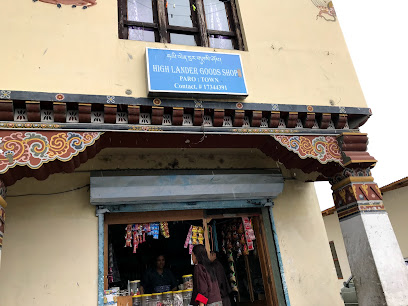
Sonam Yangphel Store
4.7 km
Explore Sonam Yangphel Store in Paro for an authentic shopping experience with local crafts, essentials, and Bhutanese culture.
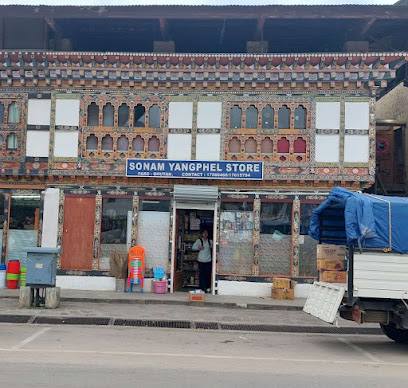
Mobile Care
4.7 km
Explore Mobile Care in Paro for the latest electronics and unique local gadgets in a vibrant shopping atmosphere.

MFB paro
4.7 km
Discover the essence of Bhutanese culture at MFB Paro, where traditional attire meets modern style in a vibrant shopping experience.
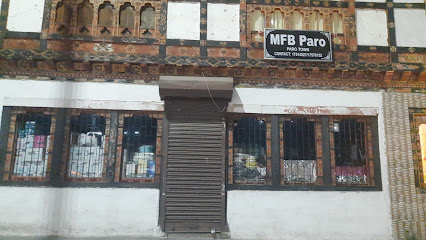
Pema Dorji General Store
4.7 km
Discover authentic Bhutanese clothing at Pema Dorji General Store in Paro, where tradition meets style in a vibrant shopping experience.
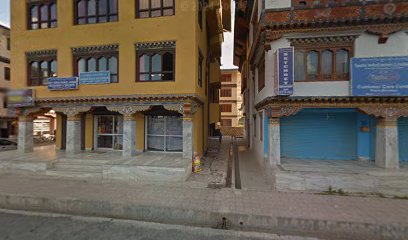
Gakhil Souvenirs
4.7 km
Discover exquisite Bhutanese handicrafts at Gakhil Souvenirs in Paro, where every item tells a story of rich culture and tradition.
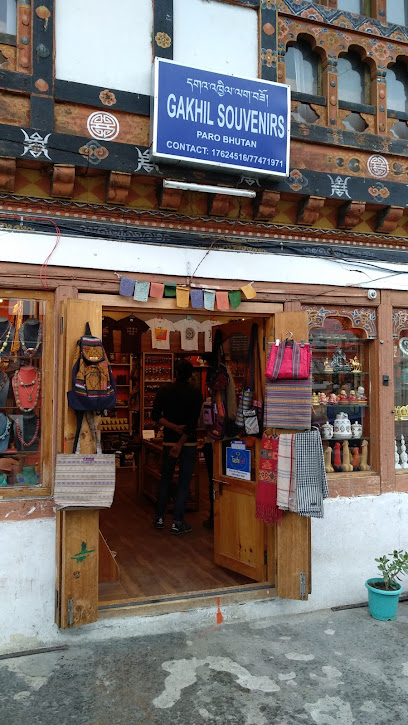
Essential bars & hidden hideouts
Drukair Business Lounge
2.0 km
Experience serene tranquility and local hospitality at Drukair Business Lounge in Paro, Bhutan, a perfect retreat for travelers.
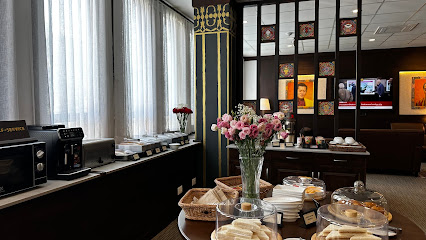
Businesslounge
2.1 km
Experience comfort and tranquility at Businesslounge in Paro Airport, your ideal retreat before flying to your next destination.

Airport Waiting Lounge
2.1 km
Experience ultimate relaxation at Paro's Airport Waiting Lounge, your serene escape before takeoff.
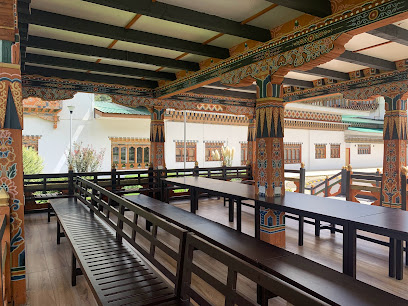
International Arrival Lounge
2.1 km
Discover tranquility and breathtaking views at the International Arrival Lounge in Paro, Bhutan's gateway to serene travels.
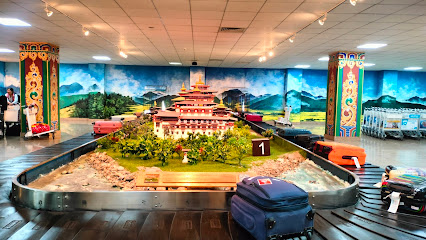
Roadside Bar & Kitchen
2.7 km
Experience the best of Bhutanese grill cuisine at Roadside Bar & Kitchen, where every bite is a taste of tradition amidst stunning mountain views.
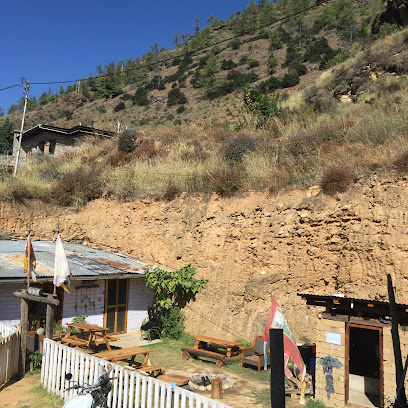
N D K karaoke
4.6 km
Experience the vibrant nightlife of Paro at N D K Karaoke, where locals and tourists come together to sing and celebrate in a lively atmosphere.

Oppa’s Pub
4.6 km
Discover the vibrant nightlife of Paro at Oppa’s Pub, where friendly vibes and refreshing drinks await every traveler.
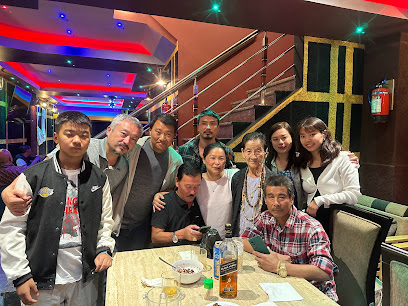
Khesey Hang Subba Restaurant And Bar
4.7 km
Discover the flavors of Bhutan at Khesey Hang Subba Restaurant and Bar, where tradition meets taste in the heart of Paro.
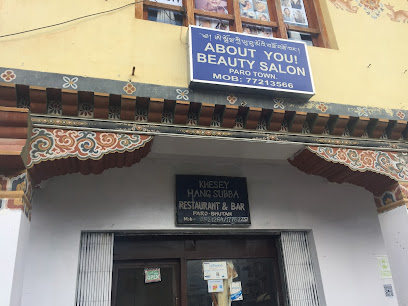
PARK 76 Cafe & Pub
4.7 km
Experience the vibrant atmosphere at PARK 76 Cafe & Pub in Paro, where live music meets delicious cuisine and refreshing drinks.

Numa Restaurant
4.8 km
Experience authentic Bhutanese cuisine at Numa Restaurant in Paro, where every meal is a celebration of local flavors and warm hospitality.
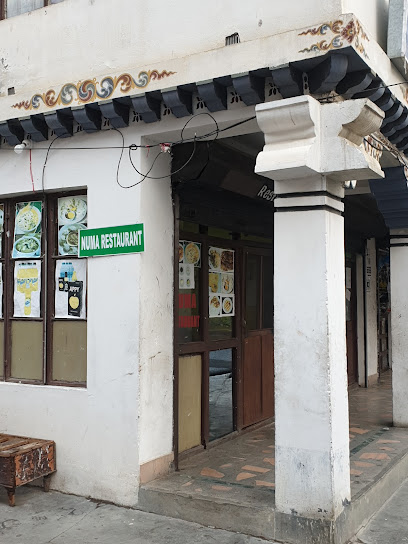
Drakuen Restaurant
4.8 km
Discover the vibrant culinary scene at Drakuen Restaurant in Paro, Bhutan, where local flavors meet stunning Himalayan views.
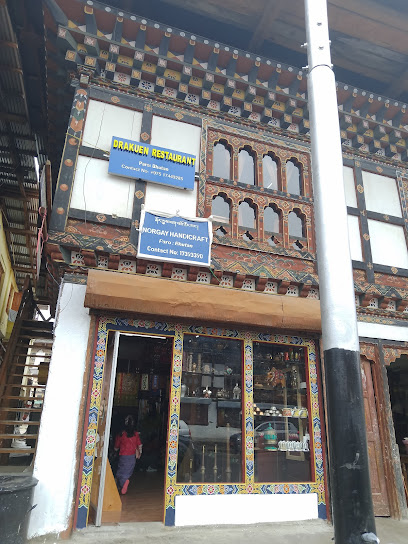
Jigdrel Karaoke
4.8 km
Unleash your inner superstar at Jigdrel Karaoke in Paro, Bhutan, where unforgettable nights of music and fun await.

Zangmo restaurant
4.8 km
Discover authentic Bhutanese flavors at Zangmo Restaurant in Paro, where local hospitality meets culinary excellence.
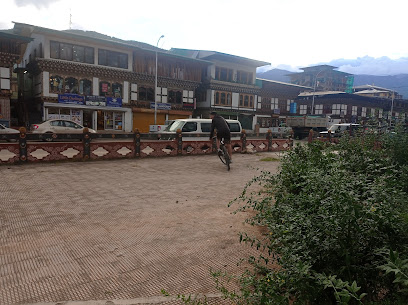
Paro Club
4.9 km
Discover the lively Paro Club, a vibrant bar featuring live music and local drinks in the heart of Bhutan's picturesque Paro.
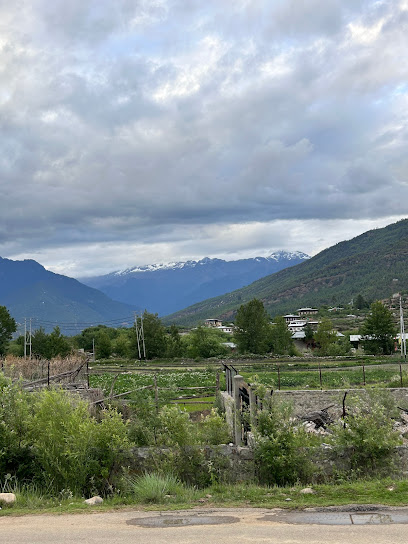
Sonam Liquor Shop
5.1 km
Discover the charm of Sonam Liquor Shop in Paro, where local and international beverages await in a cozy and friendly atmosphere.
